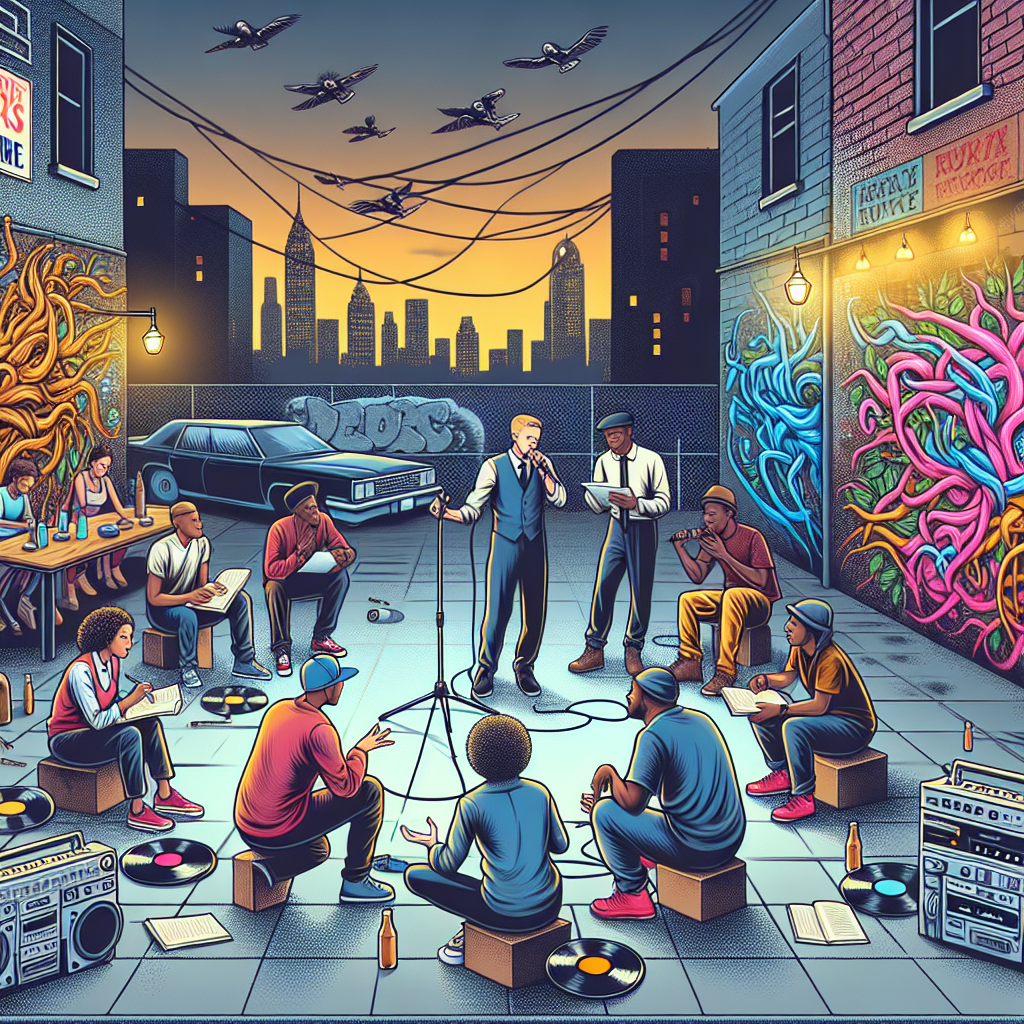The roots of urban hip hop culture can be traced back to the 1970s and in the disadvantaged neighborhoods of New York City. The culture has now permeated every aspect of the mainstream, from fashion to language, and most notably, music. In this piece, we explore the roots of Urban Hip Hop Culture and the global influence it has had since its inception.
The Beginnings
The birth of Hip Hop occurred in the South Bronx region of New York during the early 1970s. It emerged as an expression of African American and Latino youth in the area, who used it as an avenue to articulate their experiences, frustrations, hopes, and dreams. What began as gatherings at neighborhood parties where DJs mixed various genres of music evolved into an authentic culture.
The Four Pillars
Hip Hop is mainly built on four elements: MCing/Rapping, DJing, Graffiti Art, and B-Boying/Breakdancing. MCing/Rapping involves vocal stylizing in rhythmic speech, often delivering a message. DJing is the act of mixing music, creating different sounds and beats. Graffiti art was (and is) used for visually expressing thoughts and emotions. B-boying or breakdancing, characterized by acrobatic moves and dances, provided another physical articulation within this culture.
The Expansion
By the end of the 1980s, Hip Hop was no longer confined to the streets and neighborhoods of New York. It spread across the United States, finding resonance among the urban youth in Los Angeles, Chicago, Atlanta, and beyond. With its growing popularity, elements of Hip Hop started seeping into other aspects of popular culture: fashion, television, and cinema.
Mainstream Success
In the late 1990s, Rap music started charting on Billboard, leading to commercial success and mainstream acceptance of Hip Hop. Television began showcasing hip hop influenced series and films. Corporations saw potential in the influence of Hip Hop and started investing, leading to the commercialization of this culture.
Global Influence
Today, Hip Hop is a global phenomenon, influencing youths around the world. It has been adopted and adapted to reflect local cultures and traditions globally. From Australia to Zimbabwe, Hip Hop’s influence can be felt in music, fashion, language, and cultural expressions.
Conclusion
Hip Hop culture is much more than a genre of music, fashion trend, or expressive art form. It’s a social and cultural movement that gave a voice to the voiceless and allowed the marginalized to articulate their lived experiences. Today, as a global force, Hip Hop continues to evolve, crossing boundaries, and breaking barriers while staying true to its roots. It remains a medium for social commentary, creating an indelible impact in shaping societal norms and cultural dialogues around the world.
Frequently Asked Questions (FAQs)
1. Where did Hip Hop originate?
Hip Hop originated in the South Bronx region of New York during the early 1970s.
2. What are the four pillars of Hip Hop?
The four pillars of Hip Hop are MCing/Rapping, DJing, Graffiti Art, and B-Boying/Breakdancing.
3. When did Hip Hop become mainstream?
Hip Hop found mainstream success in the late 1990s when Rap music started charting on the Billboard.
4. What is the influence of Hip Hop today?
Today, Hip Hop is a global phenomenon, influencing youths around the world in aspects of music, fashion, language, and cultural expressions.
5. Is Hip Hop only a music genre?
No, Hip Hop is much more than a music genre. It’s a social and cultural movement that has influenced various aspects of popular culture globally.




